Online identity theft facts & advice
Help protect children’s privacy and identity online.
 Close video
Close video
What’s inside the hub
 Close video
Close video
How identity theft impacts children
Learn how children’s identity can be stolen and the impacts it has.
 Close video
Close video
Prevent online identity theft
Prevent your child’s data from being exposed to fraudsters.
 Close video
Close video
Tackle online child identity theft
Help on dealing with child identity theft after it’s happened online.
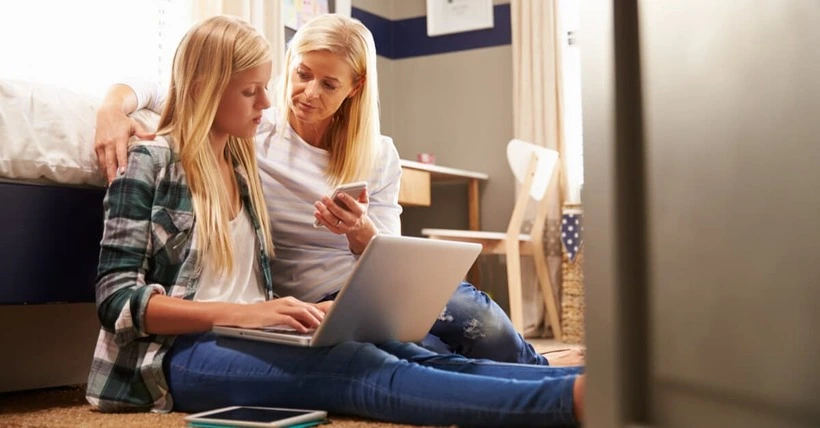
Online identity theft resources
Get support to deal with the effects of identity theft.
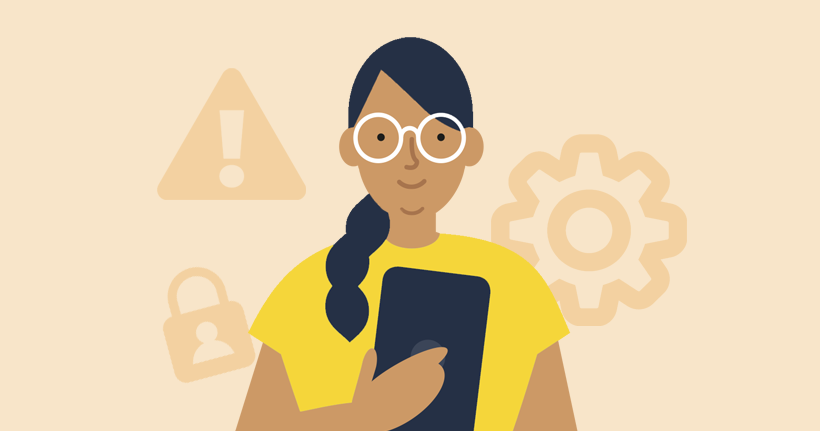
Explore cyber security
Learn how to keep your family secure with expert advice and guidance on cyber security.
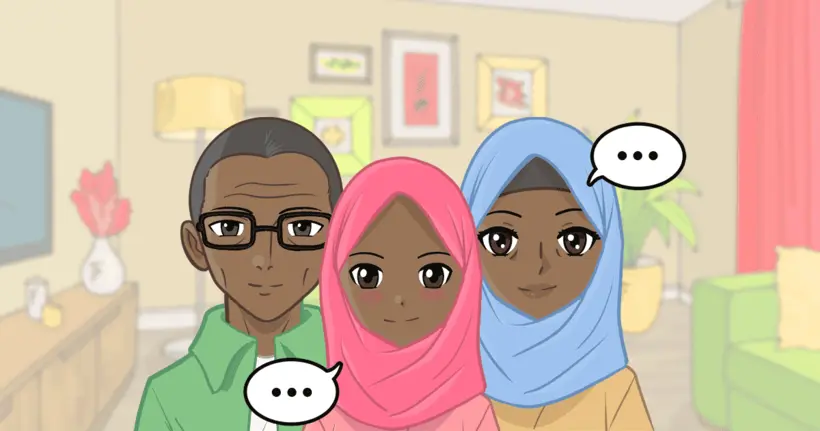
Activity: The trouble with sharing
Teach children about protecting personal information online.
Featured online identity theft articles
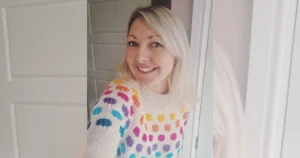 Parent stories
Parent stories
How one family embraces Instagram Teen Accounts
Mum of two, Zoe, shares her experience of Instagram teen accounts.
How to best use location tracking apps within your family
Location tracking apps via smartphones are a common way to keep track of your child outside of the home.
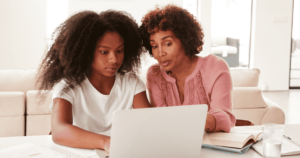 Expert opinion
Expert opinion
Common online scams targeting teenagers
Explore common online scams with advice from finance expert Ademolawa Ibrahim Ajibade to help keep kids safe online.
 Expert opinion
Expert opinion
Financial scams and the impacts on young people
Explore the impacts of financial scams on young people and find advice to keep them safe.
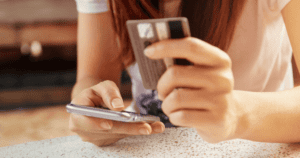 Q&A
Q&A
How to tackle online scams
Our expert panel shares advice on how to identify and tackle online scams, including how young people might be impacted on social media and in games.
